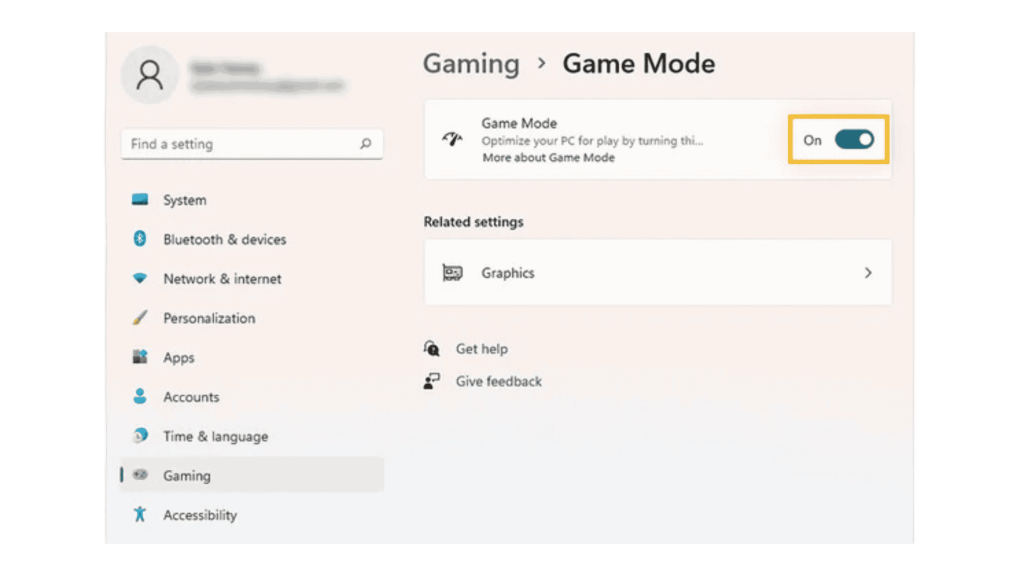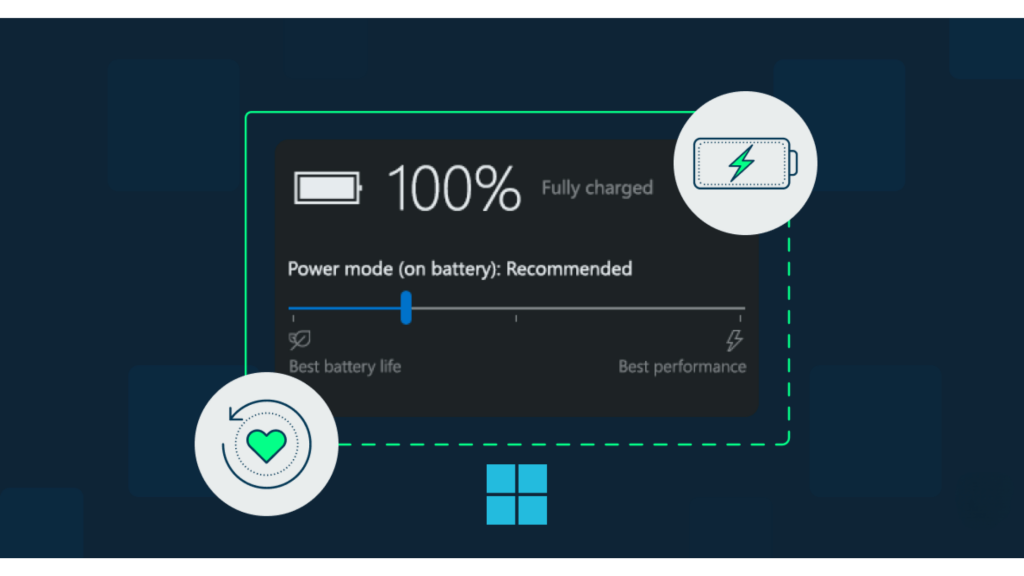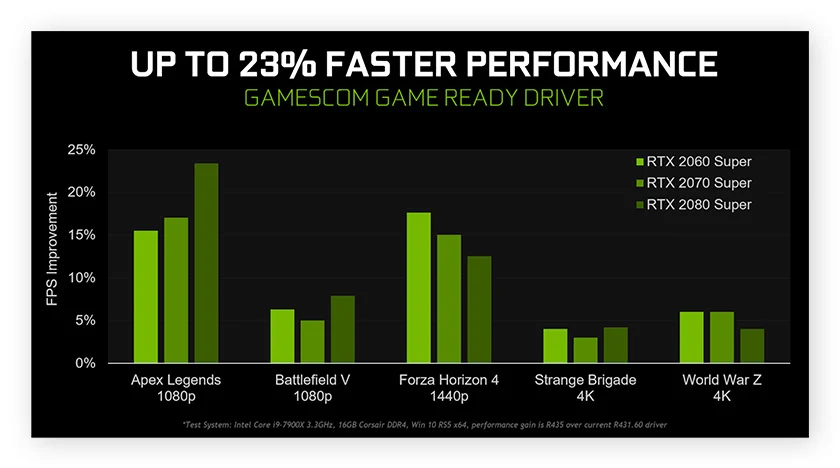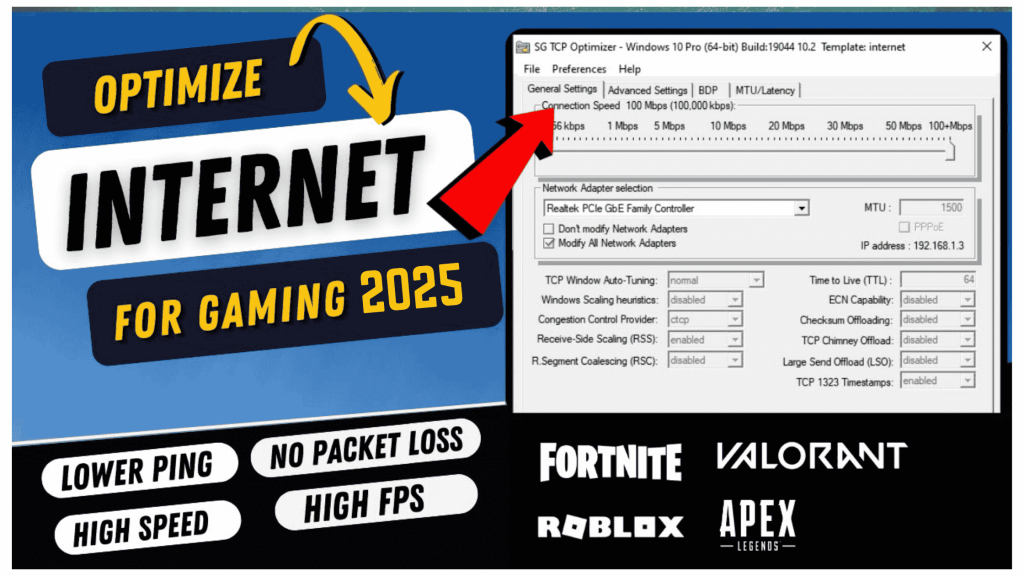How to Optimize Your PC for Gaming: The Ultimate Guide
Introduction
For PC gamers, nothing is more frustrating than lag, slow load times, and choppy gameplay. Whether you’re a casual gamer or an esports enthusiast, optimizing your PC for gaming can make a significant difference in performance. By tweaking settings, upgrading hardware, and following best practices, you can boost your FPS, reduce latency, and create a smoother gaming experience. This guide will walk you through how to optimize your PC for gaming step by step, making it easy for beginners and advanced users alike.
Step 1: Update Your Graphics Drivers

Your graphics card (GPU) is the most important component when it comes to gaming performance. If your GPU drivers are outdated, your games may not run smoothly, and you may experience lag or crashes. Keeping your graphics drivers updated ensures compatibility with the latest games and provides important performance enhancements from the manufacturer.
How to Update GPU Drivers:
- For NVIDIA users: Open GeForce Experience and check for driver updates.
- For AMD users: Use AMD Radeon Software to download and install the latest drivers.
- For Intel integrated graphics: Visit Intel’s official website and download the latest drivers for your system.
Updating your GPU drivers ensures that your games run optimally with the latest performance enhancements and bug fixes from the manufacturer.
Step 2: Optimize In-Game Settings

Each game has different graphics settings that can be adjusted to improve performance. High-quality settings may look amazing, but they can slow down your PC. Balancing visual quality and smooth gameplay is key to getting the best experience.
Recommended Adjustments:
- Lower the resolution: If your game lags, reduce the resolution from 4K or 1440p to 1080p for better performance.
- Adjust texture quality: Lowering texture quality can free up GPU memory.
- Disable anti-aliasing: This setting smooths edges but can reduce FPS. Consider setting it to low or off.
- Reduce shadow quality: Shadows require a lot of processing power, so setting them to low can improve performance.
- Enable V-Sync or G-Sync: These technologies help prevent screen tearing and provide a smoother visual experience.
Tweak these settings based on your hardware capabilities for the best gaming experience.
Step 3: Enable Game Mode in Windows

Windows comes with a built-in Game Mode that helps improve gaming performance by prioritizing resources for your game. Enabling this feature ensures that Windows limits background processes that could slow down your gameplay, allowing your system to run more efficiently.
How to Enable Game Mode:
- Press Win + I to open Settings.
- Go to Gaming > Game Mode.
- Toggle Game Mode on.
When enabled, Windows stops background processes that could slow down your game, leading to better performance.
Step 4: Adjust Power Settings for Maximum Performance

By default, Windows may use a Balanced power plan, which limits your PC’s performance to save energy. Switching to High Performance mode ensures that your PC runs at its full potential. This setting allows your hardware to operate at peak efficiency, ensuring you get the best gaming experience possible.
How to Enable High-Performance Mode:
- Press Win + R, type powercfg.cpl, and hit Enter.
- Select High Performance under Power Options.
This setting ensures that your CPU and GPU operate at their highest capability, improving frame rates and reducing lag.
Step 5: Close Background Applications

Many programs running in the background consume CPU and RAM, reducing the resources available for gaming. Closing unnecessary applications ensures that more system resources are dedicated to your game, improving overall performance and reducing lag.
How to Close Background Apps:
- Use Task Manager (Ctrl + Shift + Esc): End unnecessary processes that are consuming high CPU or RAM.
- Disable Startup Programs: In Task Manager, go to Startup and disable apps that you don’t need.
- Turn Off Background Apps: Go to Settings > Privacy > Background Apps and disable apps that aren’t essential.
By freeing up system resources, your PC will allocate more power to your game, improving overall performance.
Step 6: Optimize Your Storage (SSD vs. HDD)

The speed of your storage drive affects game loading times. A faster drive can reduce waiting times and improve game performance.
Storage Optimization Tips:
- Use an SSD: Installing games on an SSD instead of an HDD significantly reduces load times.
- Defragment HDD: If you’re using a traditional hard drive, defragmenting it can improve speed.
- Clear Disk Space: Free up storage by deleting unnecessary files and using Disk Cleanup or tools like CCleaner.
Upgrading to an SSD is one of the best investments for improving gaming performance.
Step 7: Keep Your System Cool

Overheating can cause performance drops, FPS drops, and even system crashes. Ensuring proper cooling will keep your PC running efficiently.
Cooling Tips:
- Clean your PC regularly to remove dust buildup.
- Use additional cooling solutions, such as external fans or liquid cooling.
- Improve airflow by adjusting fan placement in your case.
- Monitor temperatures using software like MSI Afterburner or HWMonitor.
Keeping your PC cool can extend its lifespan and maintain stable gaming performance.
Step 8: Overclock Your GPU and CPU (If Safe)

Overclocking can boost your hardware’s performance, but it should be done with caution.
How to Overclock Safely:
- Use tools like MSI Afterburner or AMD Ryzen Master.
- Increase clock speeds gradually while monitoring temperatures.
- Ensure adequate cooling to prevent overheating.
While overclocking can provide better performance, improper settings can damage components. Proceed with caution.
Step 9: Optimize Network Settings for Online Gaming

If you experience lag during online gaming, optimizing your network can help reduce latency and improve responsiveness.
Network Optimization Tips:
- Use a wired Ethernet connection instead of Wi-Fi for a more stable connection.
- Prioritize gaming traffic using Quality of Service (QoS) settings in your router.
- Close background downloads or streaming services that consume bandwidth.
- Reduce ping by connecting to the nearest game server.
- Use a gaming VPN to reduce lag and prevent ISP throttling.
Optimizing your network settings ensures a smoother online gaming experience with minimal lag and connection drops.
Conclusion
Optimizing your PC for gaming requires a combination of software tweaks, hardware upgrades, and maintenance. By updating drivers, adjusting in-game settings, closing background apps, and ensuring your PC stays cool, you can significantly improve gaming performance. Whether you have a high-end gaming rig or an older PC, these steps will help you get the best possible experience. Keep experimenting with settings, monitor your system’s performance, and enjoy smoother, faster gaming.
Step-by-Step Optimization Chart
| Step | Action | Benefit |
| 1 | Update Graphics Drivers | Ensures better compatibility and performance |
| 2 | Optimize In-Game Settings | Balances quality and smoothness |
| 3 | Enable Game Mode in Windows | Reduces background processes during gaming |
| 4 | Adjust Power Settings | Maximizes system performance |
| 5 | Close Background Applications | Frees up RAM and CPU usage |
| 6 | Optimize Storage (SSD vs. HDD) | Improves loading times |
| 7 | Adjust Virtual Memory | Prevents crashes and slowdowns |
| 8 | Keep Your PC Cool | Prevents overheating and performance drops |
| 9 | Use Game Boosting Software | Enhances gaming efficiency with optimization tools |
FAQs
Conclusion
Optimizing your PC for gaming requires a combination of software tweaks, hardware upgrades, and maintenance. By updating drivers, adjusting in-game settings, closing background apps, and ensuring your PC stays cool, you can significantly improve gaming performance. Whether you have a high-end gaming rig or an older PC, these steps will help you get the best possible experience. Keep experimenting with settings, monitor your system’s performance, and enjoy smoother, faster gaming.
FAQs
It’s recommended to update drivers every few months or whenever a major game release requires an update.
Yes, SSDs reduce load times and improve system responsiveness.
It helps prioritize gaming performance, but results vary.
Yes, overheating can cause throttling, reducing performance.
Faster RAM can improve performance, but it’s not as crucial as the GPU or CPU.
They help, but manual optimization is often better.
1080p offers a balance between performance and quality.




